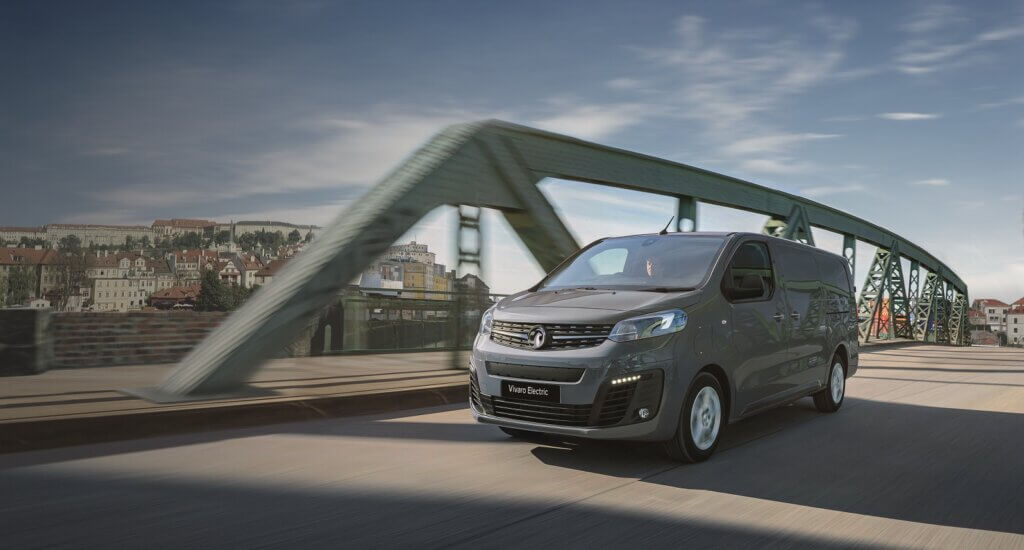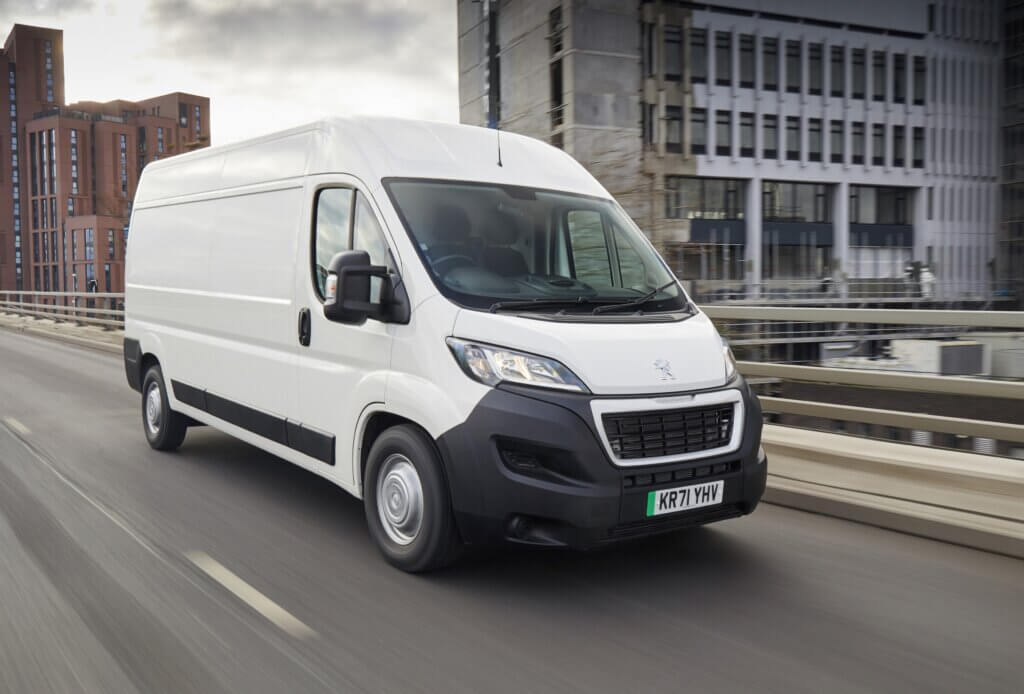Electric vans circumnavigate many of the emissions zones that are being deployed in the UK’s major cities, meaning drivers are exempt from charges. They make a lot of business sense as a result. In this article, we’re going to be checking out some of the big hitters in the ever-expanding market of electric vans, which has grown considerably as these vehicles have grown in popularity. Remember, too, that you’ll need to consider how you – or your business – will charge an electric van, so have a think about charging provisions.
The 10 best-used electric vans
As we’ve touched on, the variety of electric vans has expanded in recent times as these vehicles have grown in popularity while being adopted by more businesses for their fuel-saving abilities. You still have the same options as many ‘traditional’ vans, such as wheelbase length and roof height, too, so there will be an option to fit any job you’ve got in mind. So, we’re diving into some of the very best battery-powered vans that you’re able to look at today.
- Ford E-Transit (2022-present)
- Vauxhall Vivaro (2022-present)
- Fiat E-Ducato (2021-present)
- Peugeot e-Boxer (2022-present)
- Renault Master E-Tech (2022-present)
- Maxxus e Deliver 3 (2020-present)
- Peugeot e-Expert (2021-present)
- Renault Kangoo (2014-2021)
- Mercedes Vito (2020-present)
- Nissan eNV200 (2014-2023)




